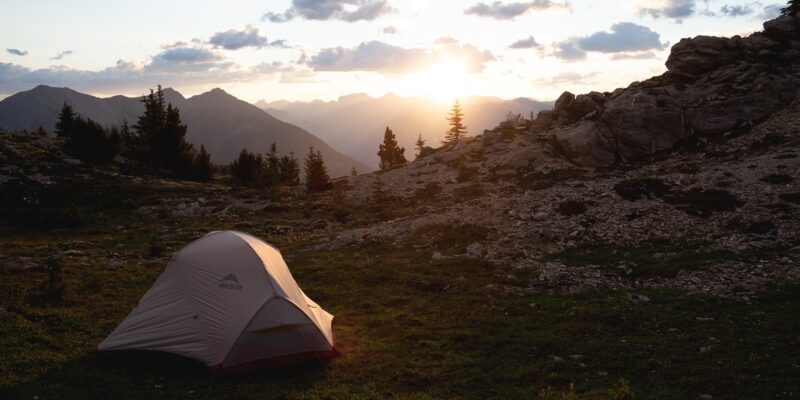Finding the perfect remote campsite in Wisconsin involves considering several factors, from understanding your camping style to researching specific locations. At first, this sort of research might seem simple, but we must say it is not always like that.
That is why we would like to provide you with several tips on how to do that properly and efficiently.
Key Considerations for Choosing a Campsite
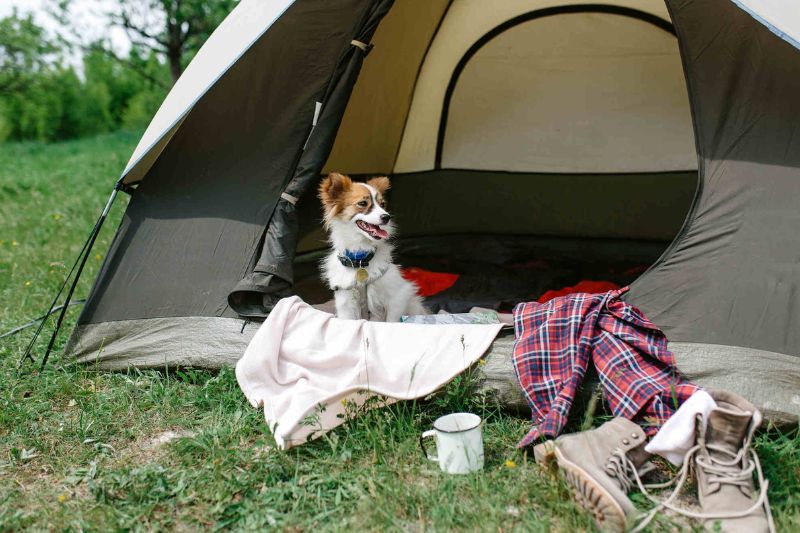
Choosing the right campsite involves several key considerations to ensure a safe and enjoyable experience.
Each aspect plays a vital role in the overall success of your camping trip, from accessibility and proximity to natural hazards and privacy.
Accessibility
Accessibility is crucial when selecting a campsite. Depending on your mode of transportation you’ll need to ensure the site is reachable without undue difficulty.
The commonest types of transportation are:
- Car
- RV
- Hiking
For those who plan to hike, consider the distance and terrain to avoid excessive strain. It’s essential to assess the hiking trail’s difficulty level, elevation changes, and the type of terrain to ensure it matches your fitness level and experience.
If you’re using a vehicle, check the condition of the access roads leading to the campsite.
Some remote sites may require off-road driving skills and a four-wheel-drive vehicle. It’s important to be aware of any potential obstacles, especially after rainfall.
We are talking about obstacles like:
- Narrow paths
- Steep inclines
- Muddy areas
For RV campers, ensure the site has enough space for maneuvering and parking your vehicle safely.
Accessibility also includes considering the site’s remoteness.
While a more remote site offers greater seclusion, it may also mean longer travel times and fewer emergency resources.
Proximity to Water and Firewood
Proximity to water and firewood is another important factor. Selecting a site near a water source is essential for:
- Drinking
- Cooking
- Cleaning
Access to clean, reliable water can significantly reduce the amount of water you need to carry. It’s crucial to avoid areas prone to flooding or waterlogging, which can occur after heavy rains and lead to uncomfortable and potentially dangerous camping conditions.
Similarly, having access to firewood is crucial for cooking and warmth.
Before selecting a site, research local regulations regarding firewood collection. Some areas prohibit gathering wood from the ground to protect the ecosystem. In such cases, you may need to bring your own firewood or use a portable stove.
Always follow Leave No Trace principles to minimize your environmental impact. When choosing a site, also consider the potential for wildlife interaction near water sources.
Animals often frequent these areas, so it’s important to store food securely and be aware of your surroundings to avoid unwanted encounters.
Natural Hazards
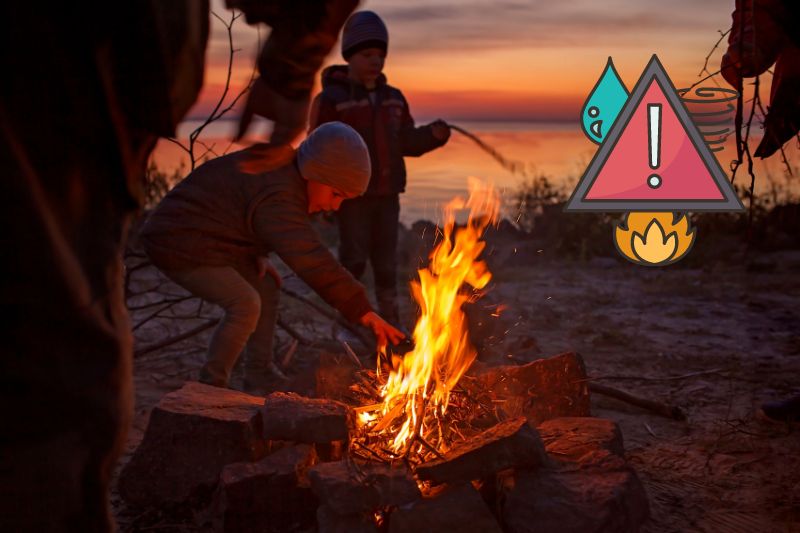
Natural hazards should not be overlooked when selecting a campsite.
Stay clear of areas with potential hazards such as avalanche zones, flash flood areas, or regions known for high winds.
Checking the weather forecast and understanding the local geography can help you identify and avoid these dangers.
Furthermore, avoid setting up camp in animal habitats. Areas with heavy animal traffic can increase the risk of encounters with wildlife, such as bears, raccoons, or snakes.
Research the local wildlife and take precautions to store food and trash properly to minimize attracting animals to your campsite.
Also, be aware of the plant life in the area. Some plants can be hazardous if touched or ingested. Familiarize yourself with the local flora and avoid setting up camp near plants like poison ivy, oak, or sumac.
Terrain and Comfort
Terrain and comfort can greatly affect your camping experience. Look for a flat area covered with natural materials like pine needles, leaves, or sand for a comfortable sleeping surface. Avoid rocky or hard-packed ground, as it can be uncomfortable and affect sleep quality.
Consider the site’s drainage characteristics as well. A site that is slightly elevated will help prevent water from pooling under your tent during rain.
Avoid camping at the bottom of valleys or depressions where water can accumulate. Think about the site’s exposure to the elements.
A location with natural windbreaks, such as trees or hills, can protect you from strong winds. Shade from trees can also help keep your tent cool during the day, making for a more comfortable camping experience.
Privacy and Seclusion
Privacy and seclusion are key for a true wilderness experience. Choose sites away from trails and other campers to ensure privacy.
Natural barriers like trees, bushes, or rocks can provide added seclusion, enhancing the sense of being alone in nature. When selecting a site, consider how visible it is from common paths or other campsites.
The more hidden your site, the more privacy you’ll have. Consider the site’s acoustics.
Natural features like hills and dense foliage can help buffer sound, providing a quieter camping experience. Being mindful of your noise levels is also important, as it respects other campers’ desire for tranquility and minimizes disturbances to wildlife.
Know Your Needs and Preferences
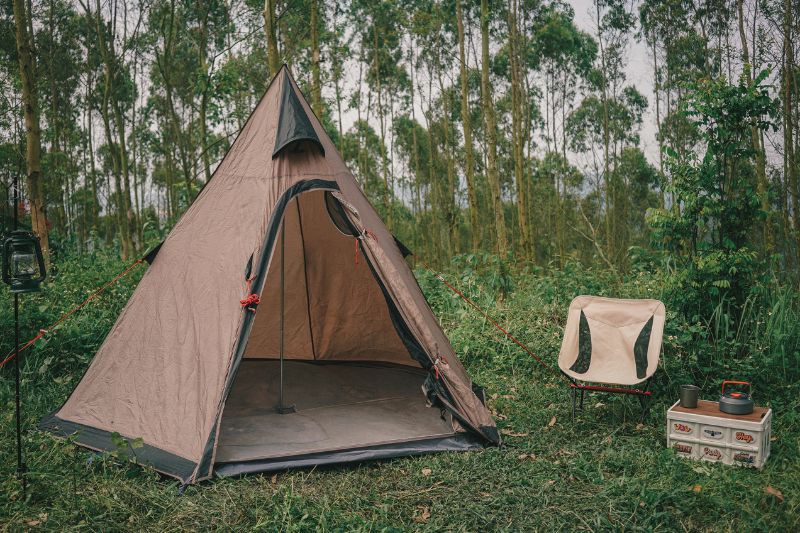
Your camping style plays a significant role in choosing the right remote campsite. If you lean towards minimalist camping, you’ll likely prefer backpacking sites with fewer amenities, allowing you to immerse yourself fully in nature.
Minimalist camping often means carrying all your essentials in a backpack and being prepared to:
- Navigate rough terrains
- Cook over an open fire
- Sleep in a tent
It’s a back-to-basics experience that appeals to those who cherish solitude and self-reliance.
On the other hand, if comfort is a priority, you might opt for campsites that offer more amenities, such as restrooms, picnic tables, and even electricity.
These sites provide a balance between being away from urban life and enjoying some conveniences. For families or groups, comfort camping ensures everyone has a pleasant experience, with access to essential facilities.
Deciding between solo and group camping also influences your choice. Solo campers might seek out isolated spots to enjoy solitude and reflection, while group campers need larger, more accommodating sites.
Group campsites often have spaces designed for multiple tents, group activities, and communal fire pits, making them ideal for socializing and shared adventures.
Seasonal Considerations
Understanding the seasonal variations in camping can help you plan a more enjoyable and comfortable trip.
Each season offers unique advantages and challenges, and being prepared for these variations is key to a successful outdoor adventure.
High Season vs. Low Season
High-season camping, typically during the summer months, offers the best weather conditions for outdoor activities.
Warmer temperatures and longer daylight hours make it ideal for hiking, swimming, and exploring. It is the time when most people take their vacations, leading to more social opportunities and organized activities within campgrounds.
Campfires, group hikes, and evening gatherings are common, making it a great time for those who enjoy a vibrant camping community. Low-season camping, on the other hand, occurs during the fall and spring months. These periods can provide a quieter, more solitary experience.
With fewer campers, you have a better chance of finding that perfect secluded spot. The cooler temperatures of fall and spring can make for comfortable hiking conditions, and the changing foliage in fall or blooming flowers in spring can add an extra layer of beauty to your trip.
Weather Conditions
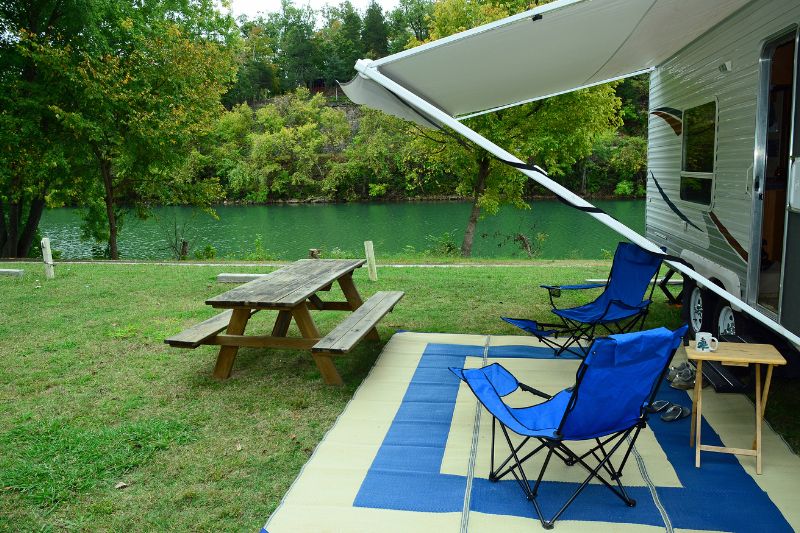
Understanding the weather conditions during different seasons is crucial for a successful camping trip. Wisconsin’s climate can vary significantly, influencing what you need to pack and how you plan your activities.
| Season | Temperature Range | Key Activities |
|---|---|---|
| Summer | 70°F to 90°F (21°C to 32°C) | Swimming, kayaking, fishing |
| Fall | 40°F to 70°F (4°C to 21°C) | Hiking, enjoying fall foliage |
| Spring | 30°F to 70°F (-1°C to 21°C) | Enjoying spring flowers, hiking |
| Winter | 20°F to 40°F (-6°C to 4°C) | Snowshoeing, winter hiking, solitude |
Summary
Finding the perfect remote campsite in Wisconsin requires thoughtful planning and consideration of various factors.
Pay attention to seasonal variations and ensure you have the appropriate gear for the weather conditions.
Armed with this guide, you’re ready to embark on an unforgettable adventure, immersing yourself in the beauty and tranquility of Wisconsin’s great outdoors.

